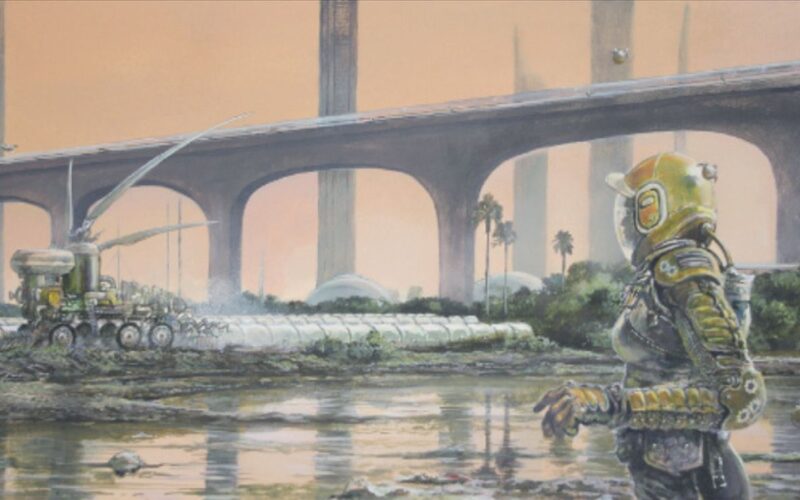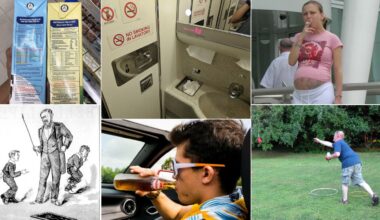Science fiction isn’t always just fantasy. Sometimes, it predicts what’s coming next. Long before things like smartwatches, AI assistants, or virtual reality showed up in real life, they appeared in books, movies, and shows. These creators dreamed big, and surprisingly, many of those dreams became part of our daily lives. Here are 10 times science fiction got the future right.
1. Video calls in Metropolis (1927)

In Metropolis, a character uses a screen to speak with someone face-to-face. That looked like pure science fiction back in 1927. Today, video calls are part of daily life. We use Zoom for school, FaceTime to chat with family, or Snapchat to talk with friends. What once seemed like a high-tech dream is now so normal that we barely notice it, unless the Wi-Fi drops. That futuristic moment became part of our everyday reality.
2. Tablets in 2001: A Space Odyssey (1968)
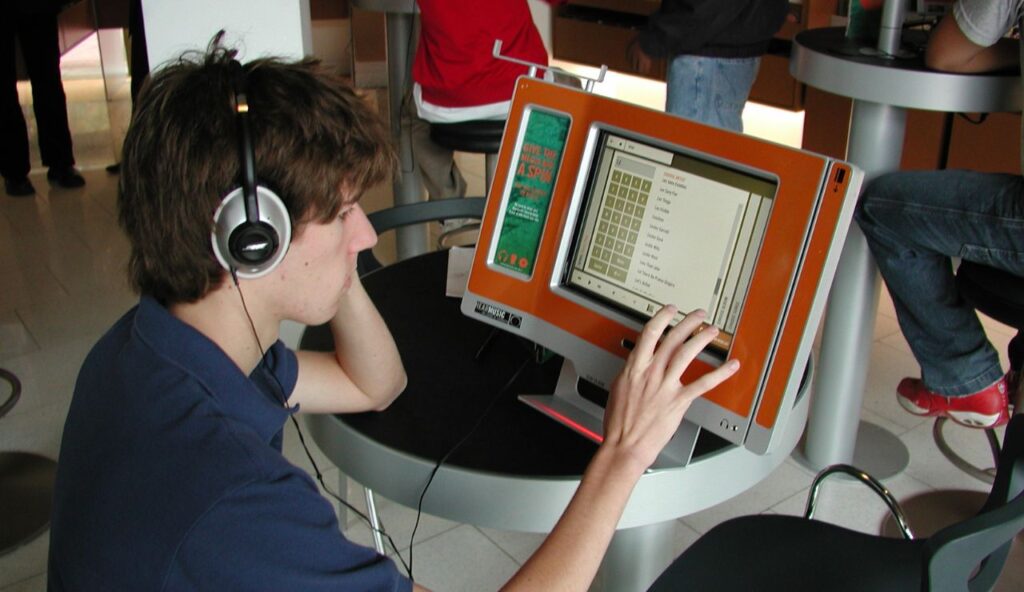
Astronauts in 2001: A Space Odyssey use flat, portable screens to read and watch media. That looked far ahead of its time. Decades later, tablets like iPads are used in classrooms, airplanes, and coffee shops. People use them to draw, stream, read, and learn. What once seemed like a bold idea for the distant future has become a common part of life. The movie didn’t just imagine tech, it quietly predicted it with stunning accuracy.
3. Smartwatches in Dick Tracy (1946)
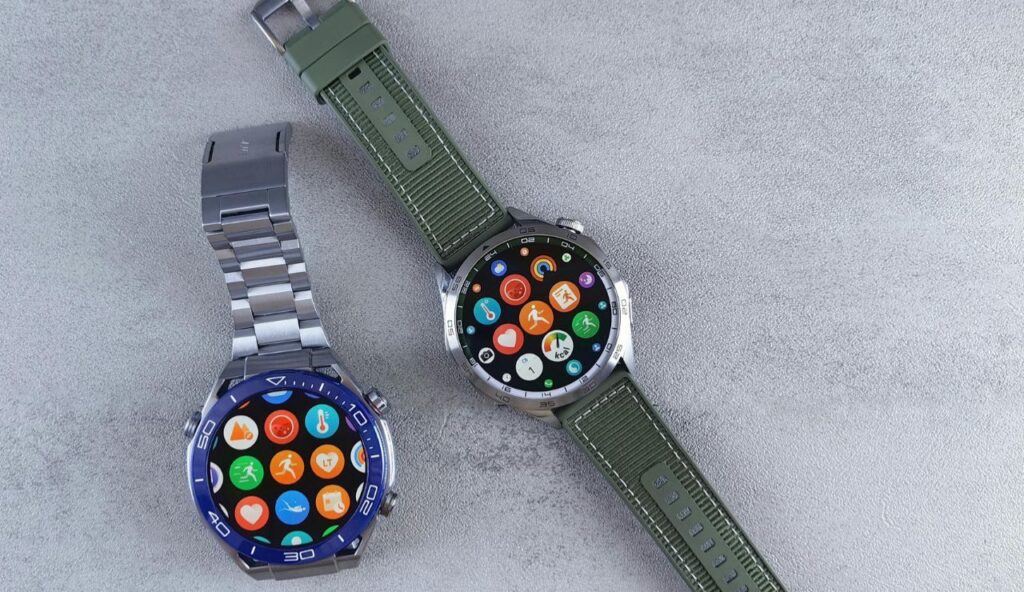
Dick Tracy’s wristwatch let him talk to people from anywhere. In the 1940s, that felt like pure fantasy. Now, smartwatches can do even more. They answer calls, show messages, track workouts, and link with our phones. People use them at school, in meetings, and while working out. Something once drawn into comic panels is now a high-tech gadget worn on millions of wrists. It was fiction then, but it’s real life now.
4. Earbuds in Fahrenheit 451 (1953)

Ray Bradbury described “seashells” that played nonstop sound directly into a person’s ears. It sounded like a strange detail in a future society, but today we call them earbuds. People wear them everywhere, on buses, in grocery stores, and while walking through campus. Whether it’s music, podcasts, or audiobooks, we use them to focus, relax, or escape. Bradbury imagined it long ago, and now it’s hard to imagine life without them.
5. Robots in R.U.R. (1920)
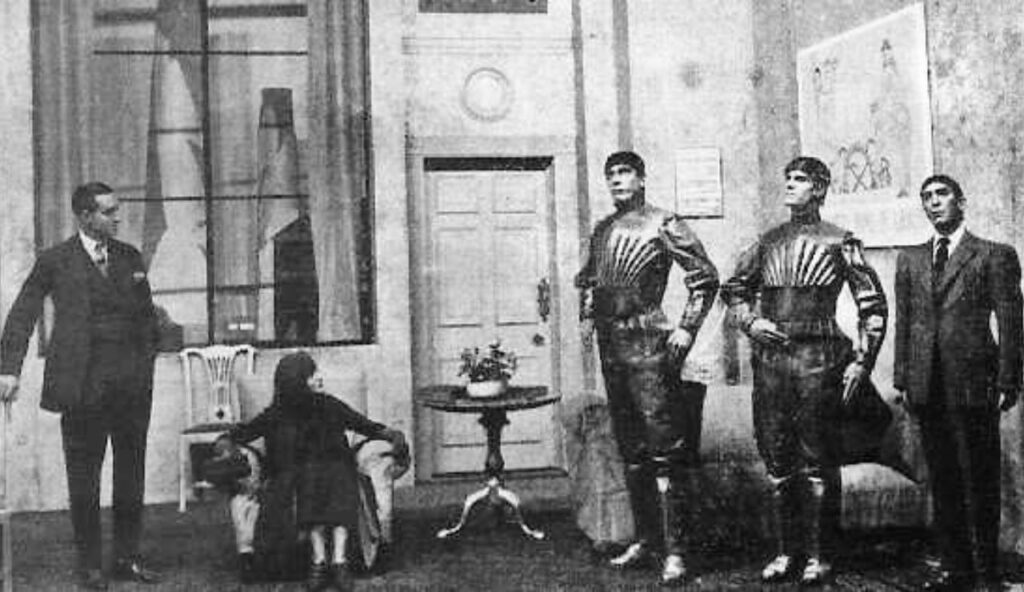
R.U.R. was the first story to use the word “robot.” In it, machines were built to serve humans. At the time, it seemed like wild fiction. Now, robots help clean our floors, assist in hospitals, pack goods, and even deliver groceries. They don’t look like people, but they’re doing real work. What started as a play about artificial workers ended up launching a conversation and a technology that still shapes the world today.
6. Self-driving cars in Total Recall (1990)
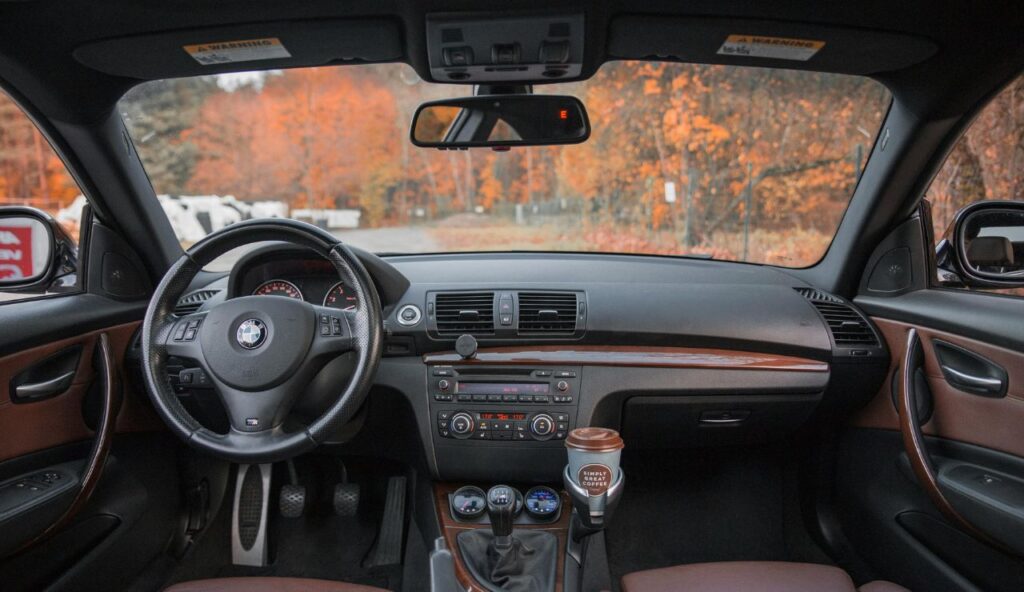
In Total Recall, a robot driver takes full control of a taxi while the passenger just rides along. At the time, that idea sounded wild. Now, self-driving cars are being tested in real cities with real traffic. They use sensors, cameras, and software to make decisions on the road. While most people still drive themselves, the idea of a car that drives for you is no longer science fiction.
7. The Metaverse in Snow Crash (1992)
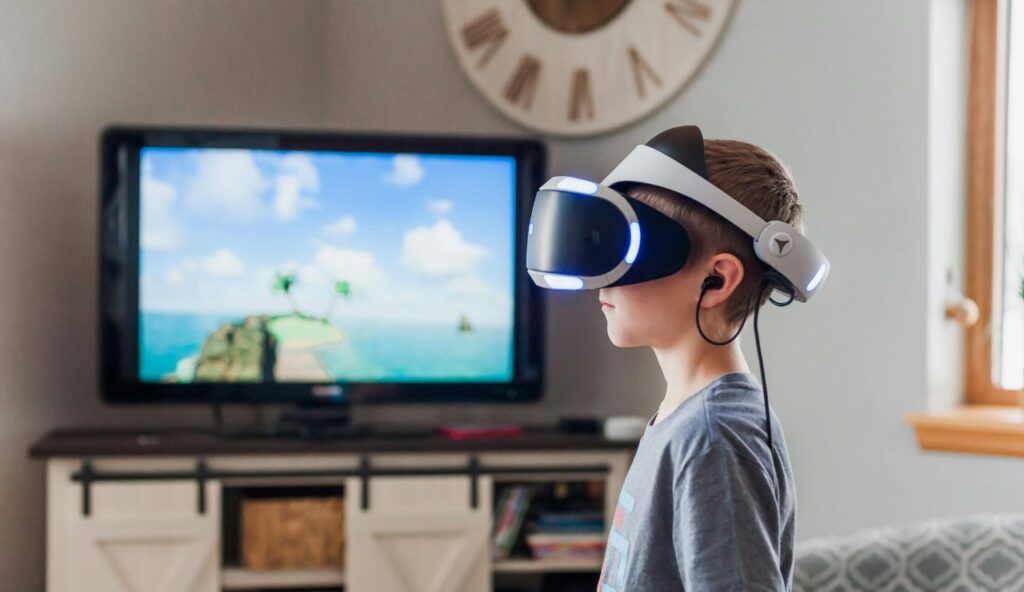
Snow Crash imagined a world where people escaped reality by logging into a digital universe. Inside, they lived through avatars, met others, and built entire lives online. That felt distant in the early ’90s. Now, we have virtual reality, online games, and social spaces where people connect from anywhere. The idea of living a digital life is no longer fiction. It’s something many people already experience every day.
8. Drones in Runaway (1984)
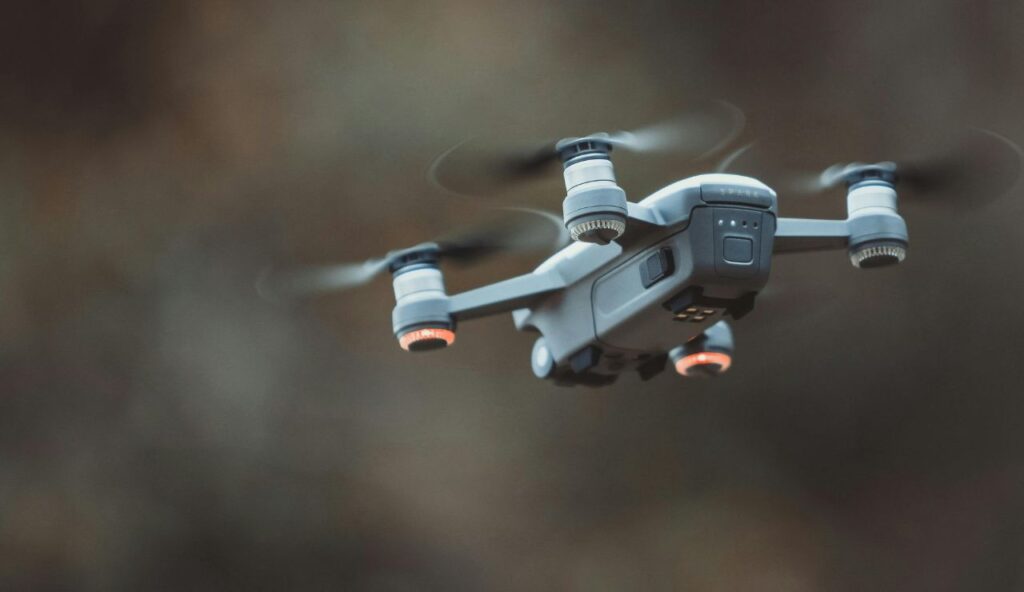
In Runaway, small flying robots were used to chase and spy on people. It seemed dramatic, but the core idea came true. Today, drones are used for filming, delivering packages, and helping in emergencies. They fly above events, inspect rooftops, and even bring food to your door. What once looked like science fiction in a thriller movie is now a helpful tool used in everyday life.
9. Space tourism in 2001: A Space Odyssey (1968)
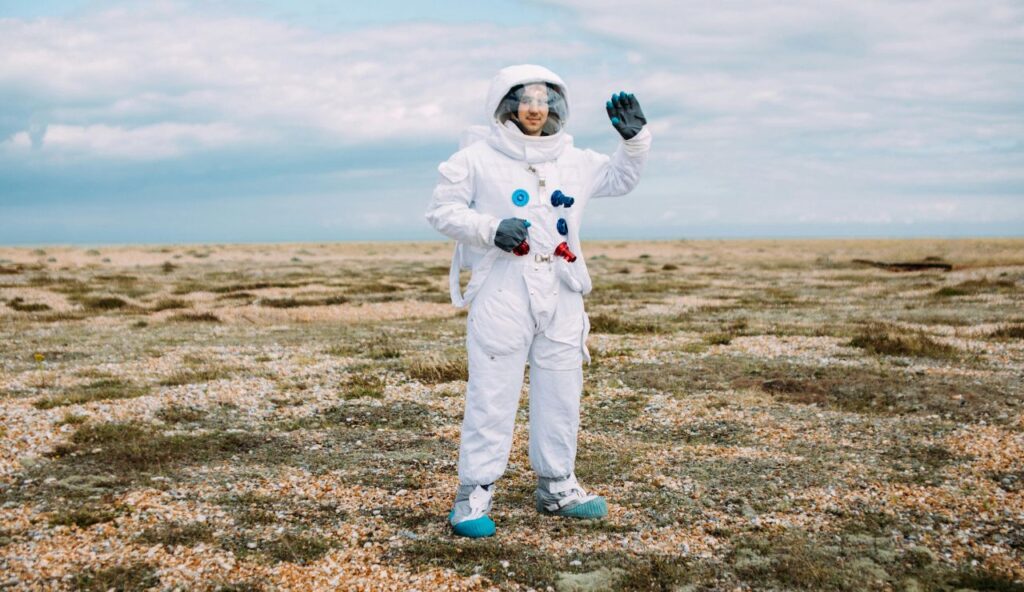
The movie showed a regular flight to space, with passengers casually traveling beyond Earth. That seemed impossible at the time. Today, private companies are launching civilians into space. It’s still expensive and rare, but no longer just for astronauts. People have already taken trips into orbit. What once felt like pure fantasy is slowly becoming a real option for future travelers.
10. 3D printing in Star Trek: The Next Generation (1987)
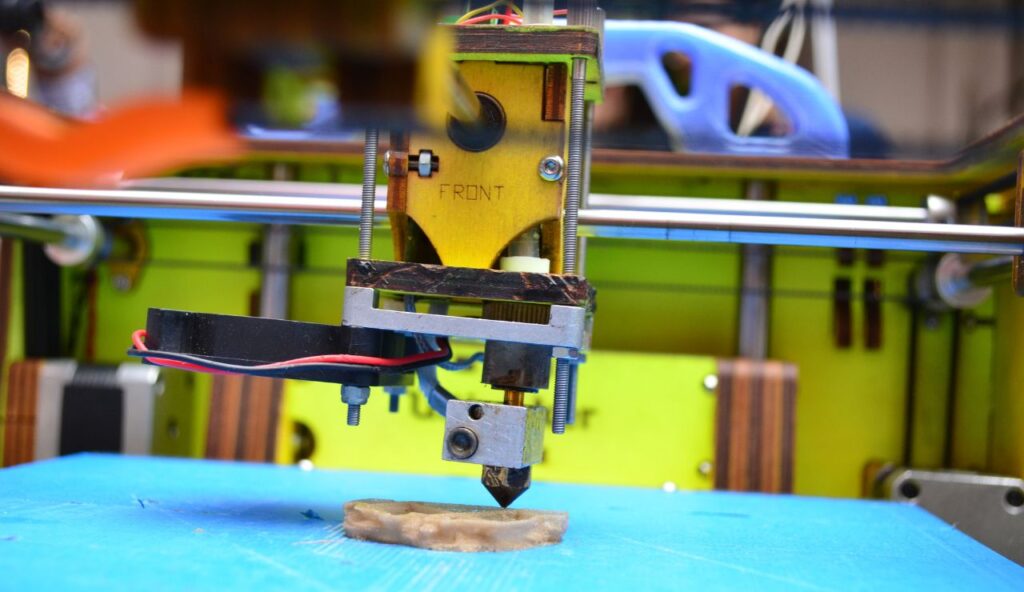
In Star Trek, a replicator could create food or tools out of thin air. That sounded like magic, but today’s 3D printers do something similar. They build objects layer by layer using plastic, metal, or other materials. People use them to make everything from toys to medical parts. While we can’t print dinner just yet, this tech shows how a sci-fi idea turned into something real and useful in everyday life.
